While thinking about Beirut, street art is not the first thing that comes to mind. Some political graffitis? Maybe. Aesthetically refined murals? No. In hindsight, where this presumption came from I have no clue. Perhaps, because, thanks to western mainstream media, Beirut is still generally viewed as a dangerous place, but not an artistic hub. I am happy to admit that I was wrong.
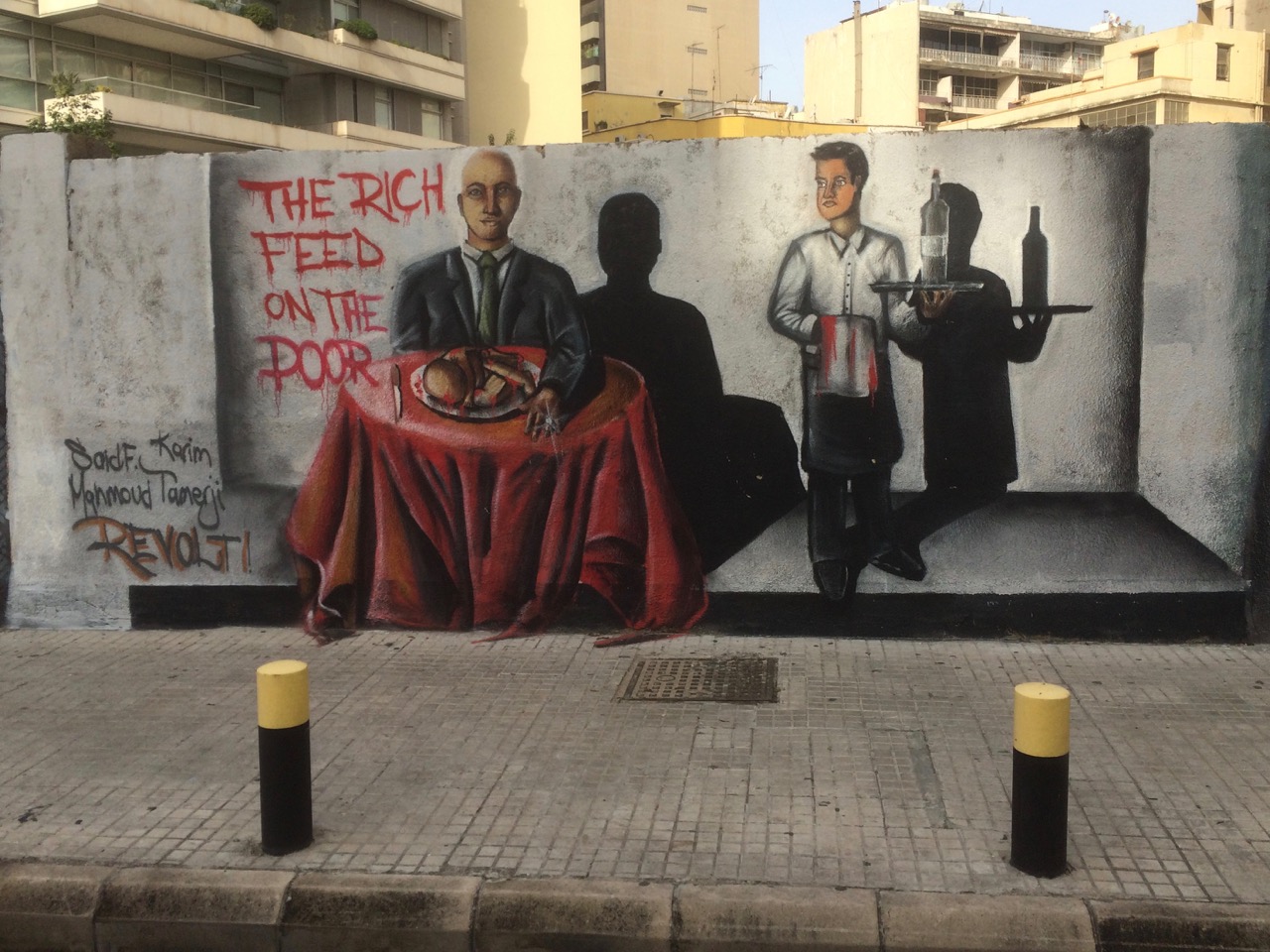
Before going any further, a short disclaimer. This post is surely not meant to be a comprehensive study of the street art scene in Beirut, nor I am pretending to be a graffiti expert. These are just my thoughts and impressions after spending couple days on foot in different neighborhoods of the Lebanese capital.
During the 80s and 90s, political parties in Lebanon used graffitis and stencils as a part of their propaganda machine. They are still visible in some areas of Beirut. Graffiti in Lebanon evolved from a way to express political and war-related messages to more elaborate and contemporary wall paintings. Today some Lebanese street artists focus mostly on aesthetics rather than divisive wording while others use the power of graffiti to reflect the problems that Lebanese society is still facing today.

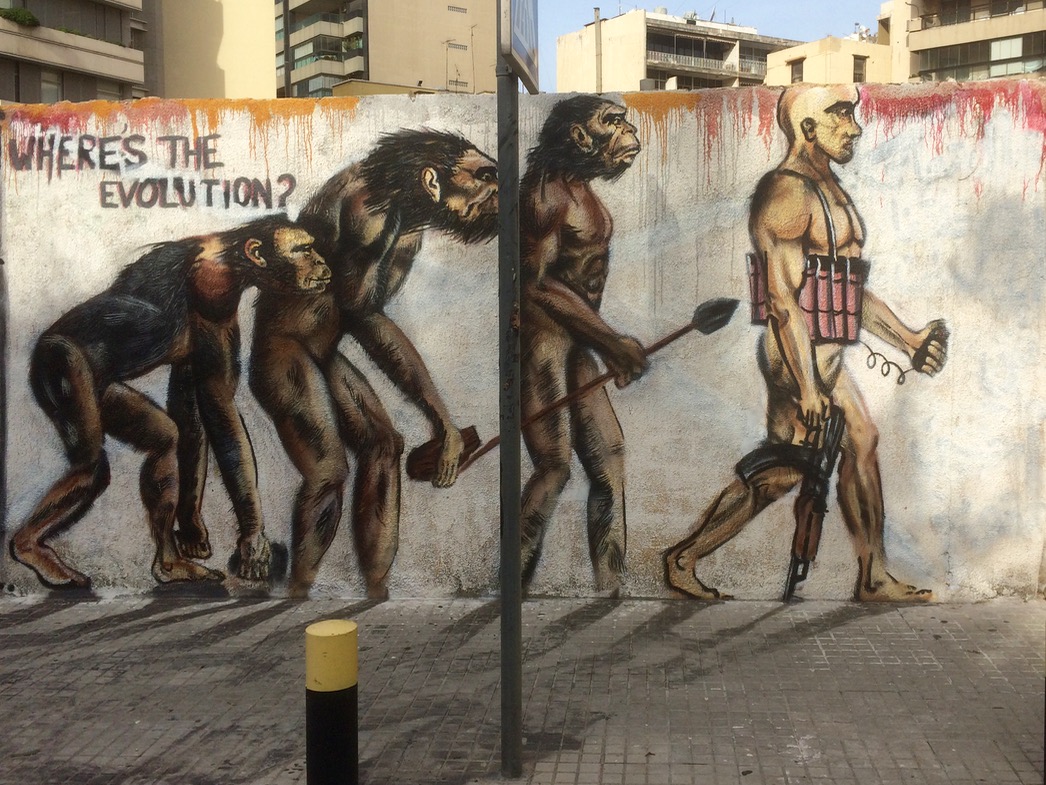
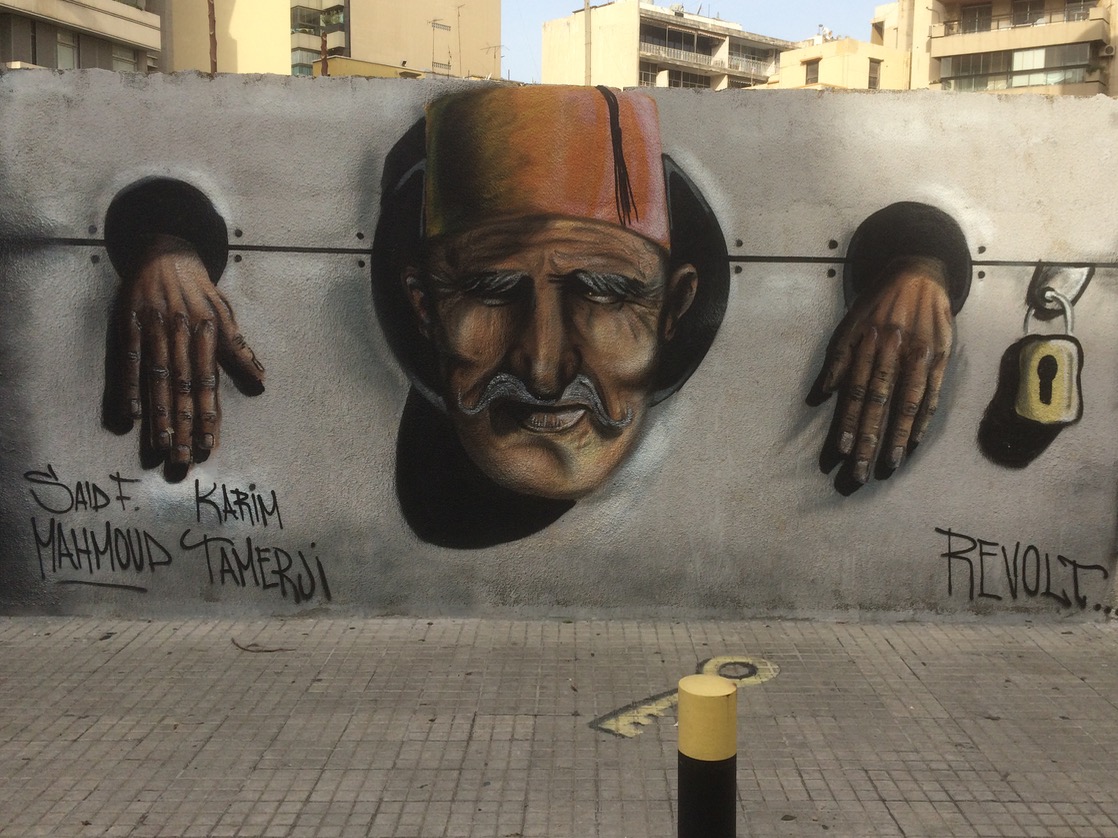

The Beirut street art scene perhaps is not as extensive and creatively diverse in comparison to what we discovered in Sofia or Montevideo, but it has some impressive and thought-provoking pieces along with more conventional ones. In the past few years, graffiti of all kinds of colors, styles and sizes appeared across the city painted by Lebanese and international artists.
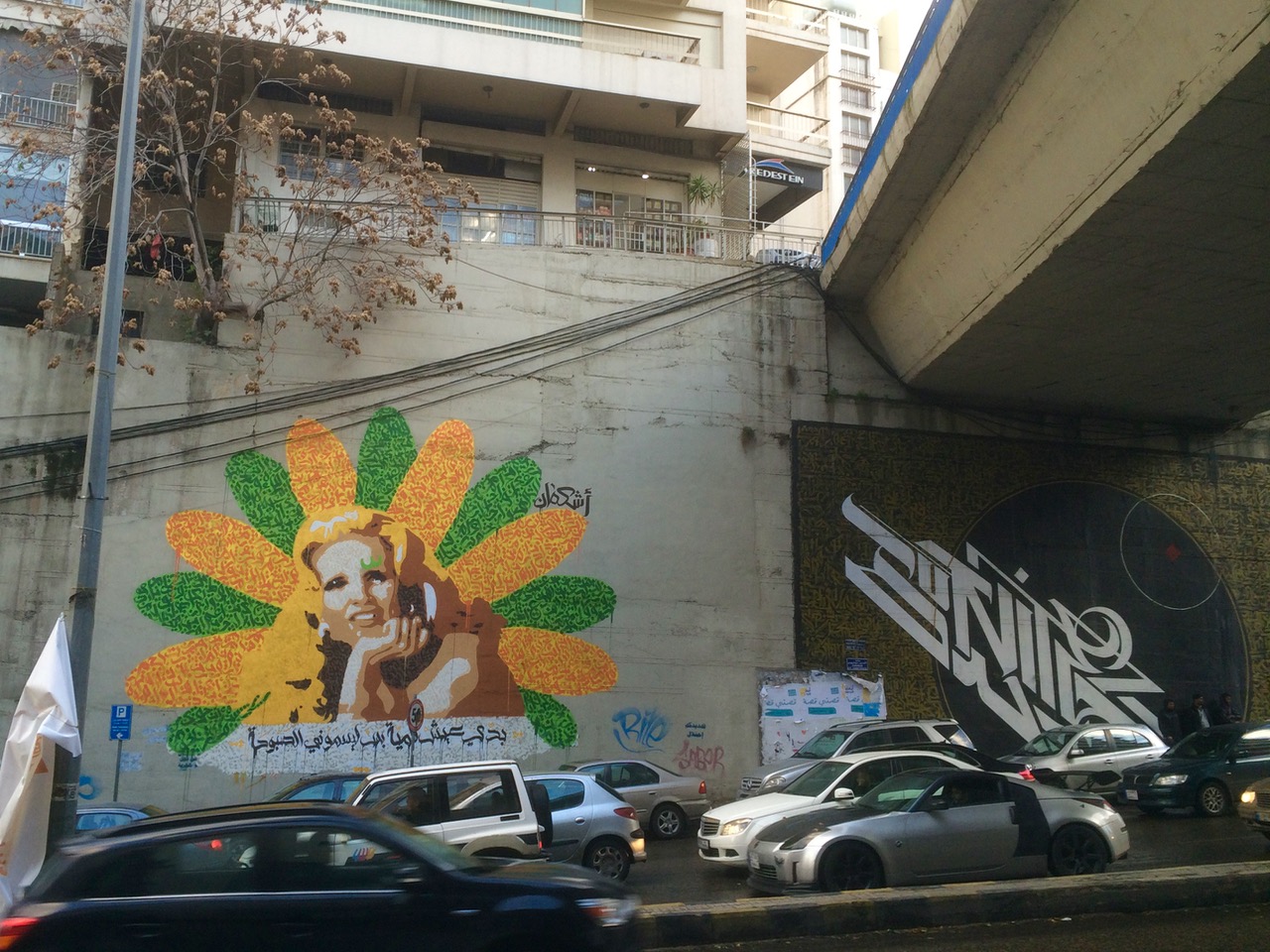
Contrary to the position of many countries where street art is seen as an act of vandalism, graffiti artists in Lebanon apparently have the freedom to take to the street without fear of harsh consequences. The police are not after them and, anecdotally, might even provide some suggestions and help with painting.
There are many more interesting murals around the city. Some of them are hard to get to, others are hard to find. For example, driving along Beirut-Tripoli Highway brings some worthy graffitis. Unfortunately, due to horrendous traffic, it was impossible to take photos there.

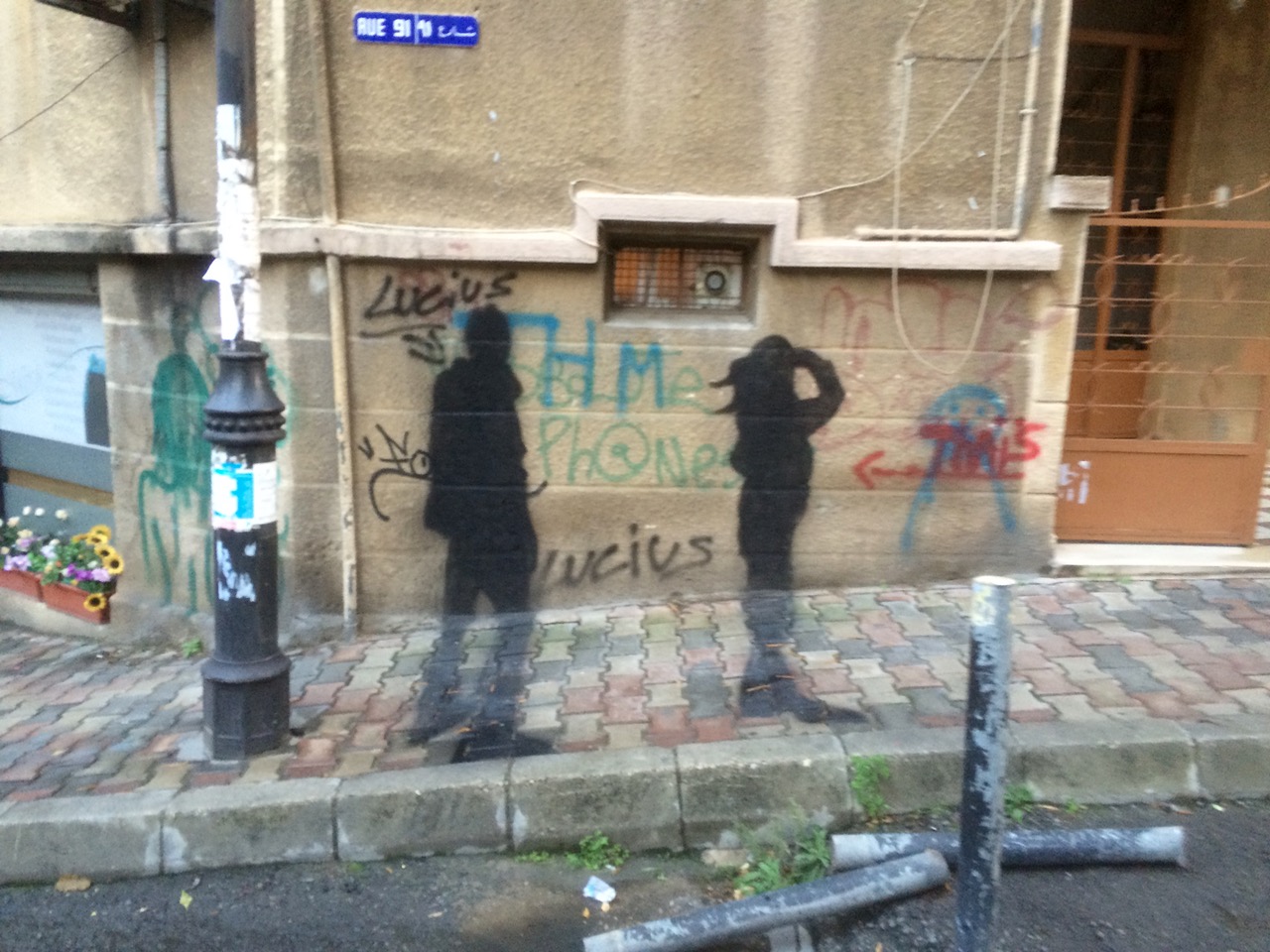
One of the most prominent murals is missing here: Eternal Sabah by Yazan Halwani. By the time we got to its location, it was too dark and rainy. However, there is a documentary that follows the artist creating this epic piece:
There is an interesting example of commissioned work: O1NE House of Entertainment in Beirut has one of the largest commissioned graffiti works in the world. The murals, depicting the themes of music and nightlife, were created by 19 graffiti artists from all over the world.
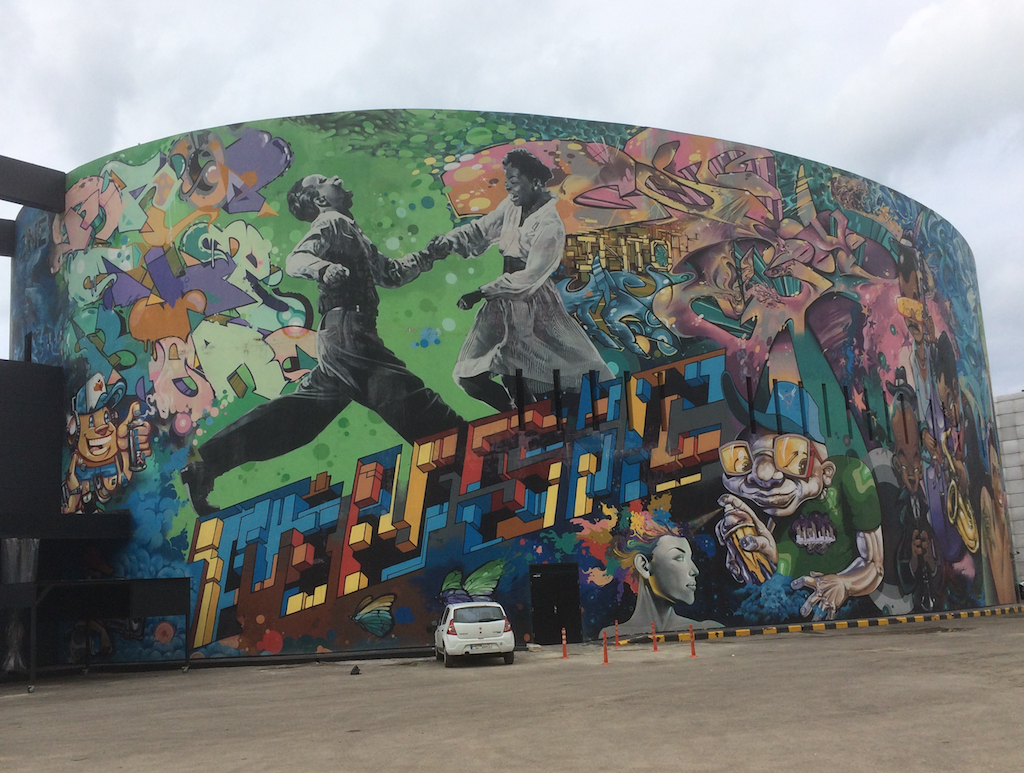
More graffitis and stencils from Beirut:
Share this article on Pinterest by clicking Pin it button
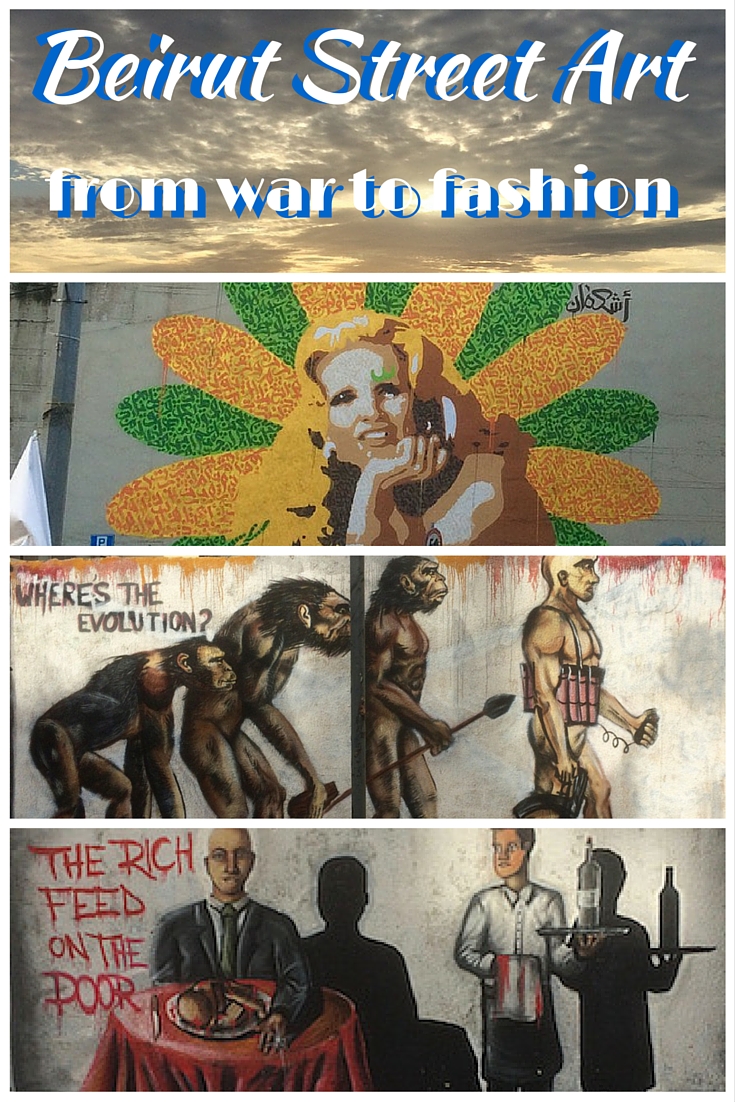
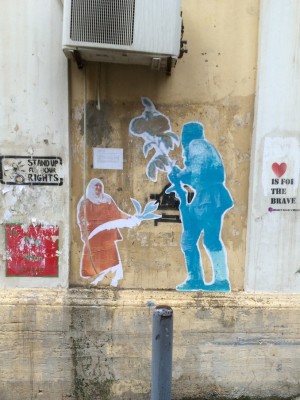
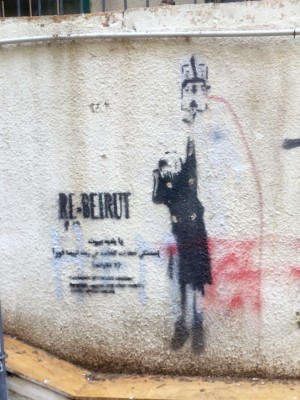
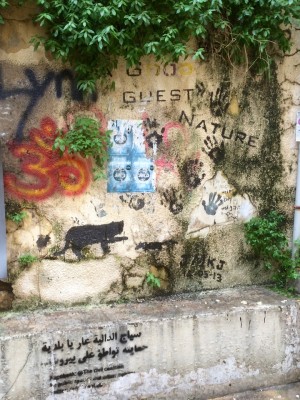
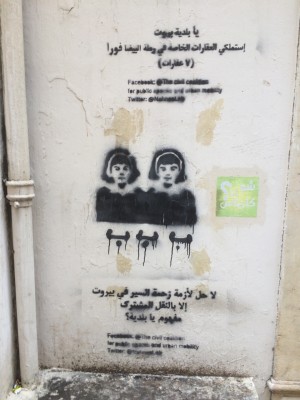
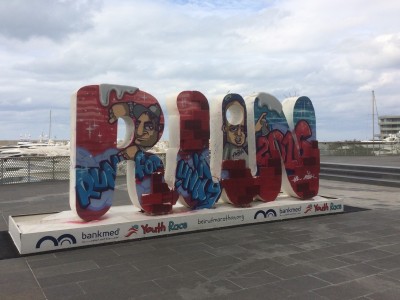
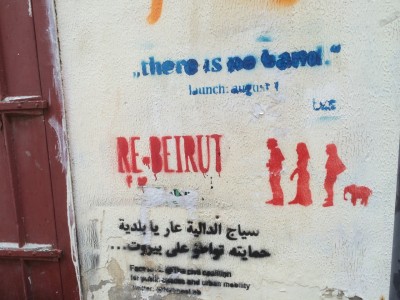
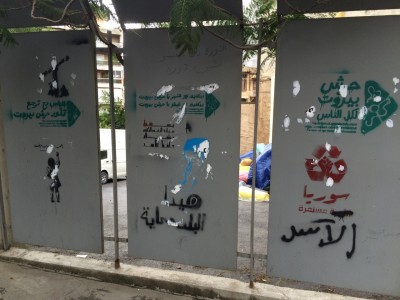
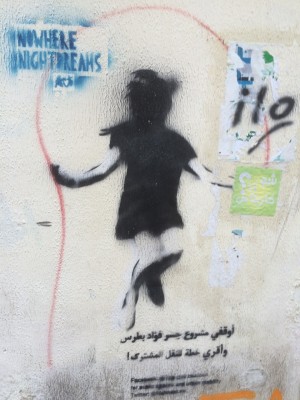
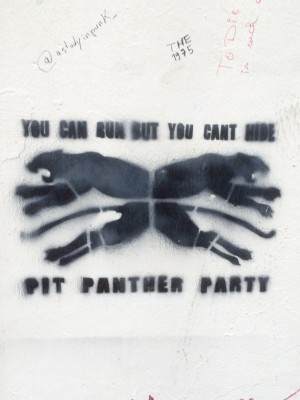
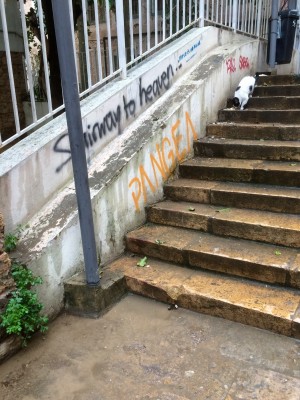
Wonderful piece! Great work! Could you please give me the exact locations of the first and fourth graffiti? Bravo!
Thank you very much for your kind words, Zina. Greatly appreciated. Both pieces you mentioned were very close to each other (on the same wall). Here are their exact locations.
First one:
Latitude: 33° 53’ 29.778” N
Longitude: 35° 29’ 5.52” E
Fourth:
Latitude: 33° 53’ 29.808” N
Longitude: 35° 29’ 5.232” E
This is the link to the Google map showing these locations
https://goo.gl/maps/je8wUZ7pi8R2
I never had Beirut down as a street art hub. What I really like about the street art you captured on your photos is that they are so rebellious and thought provoking. A bit like in Berlin I think.
These look amazing! I can’t wait to be in Beirut in 3 months and street art is actually one of the reason why I’m so excited about the trip!
Thank you, Kami :). Beirut was interesting with great street art. However, if you get a chance, check countryside too. Not the touristy cities that everybody lists as a must see, but smaller towns/villages. We did it by accident, but it became the unexpected highlight of the trip.
I always check out the local street art when I travel and you are right – street art and Beirut did not seem to spring to mind for me. Some really nice pieces here.
Thank you 🙂
Wonderful post. Many cities are turning to commissioned street art for poor neighborhoods to help the people express their voice in a creative, productive way. It sounds like the police in Beirut realize this freedom of expression is valuable and safe for the people compared to other methods. Kudos to them.
Thank you, Karen 🙂
Fantastic Beirut street art photos. Wonderful.
Thank you 🙂
Beirut who knew eh? Some of these are incredible – reminded me of some of the really cool street art in Penang in Malaysia. Love the evolution one.
Quite a take on Darwin, isn’t it?
Wow, these pieces of art are truly moving. What a great experience it must have been to seek them all out. Thanks for sharing!
Thank you, Rachel. It was one of the most memorable experiences.
Wow, this is some kind of street art. Not just the usual ones but these ones definitely make you think. They are beautiful but also pretty heavy. Nice article, I’ve definitely learned something new about Beirut!
Thank you, Sabine.
What an amazing article! If I’m honest (and as a product of Western Media) I had no idea that Beirut was anything but a warzone. The graffiti is amazing – creative, political, artistic – it’s important. Thank you for sharing and showing me a part of a culture and city that I never knew existed.
Thank you, Vicki. It ‘s hard to find objective information about Beirut. It stirs quite a wide range of opinions from “amazing” to “awful”. Beirut was heavily damaged during the civil war, but it is in the process of rebuilding former glory. However, its geographical position and volatile situation in that region make it much more difficult. At the same time, life is definitely going forward there. The thriving street art scene is one of the examples of brighter future ahead.
I’m glad to hear that the situation is improving and progressing, and that the regional situation will become better that people feel safe enough to travel there. There is just so much uncertainty at the moment!
Well said Vicki, I completely agree with you! I had no idea either but the graffiti is definitely a way to express and engage with people about important topics. Love this post, thanks for sharing Elena. You opened my eyes, and I’m sure many others as well, with this post.